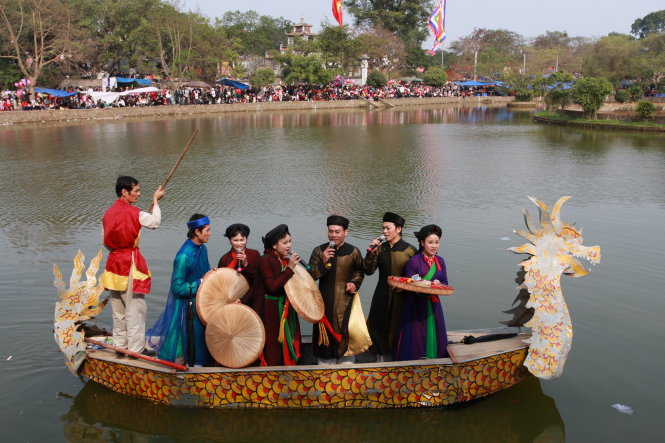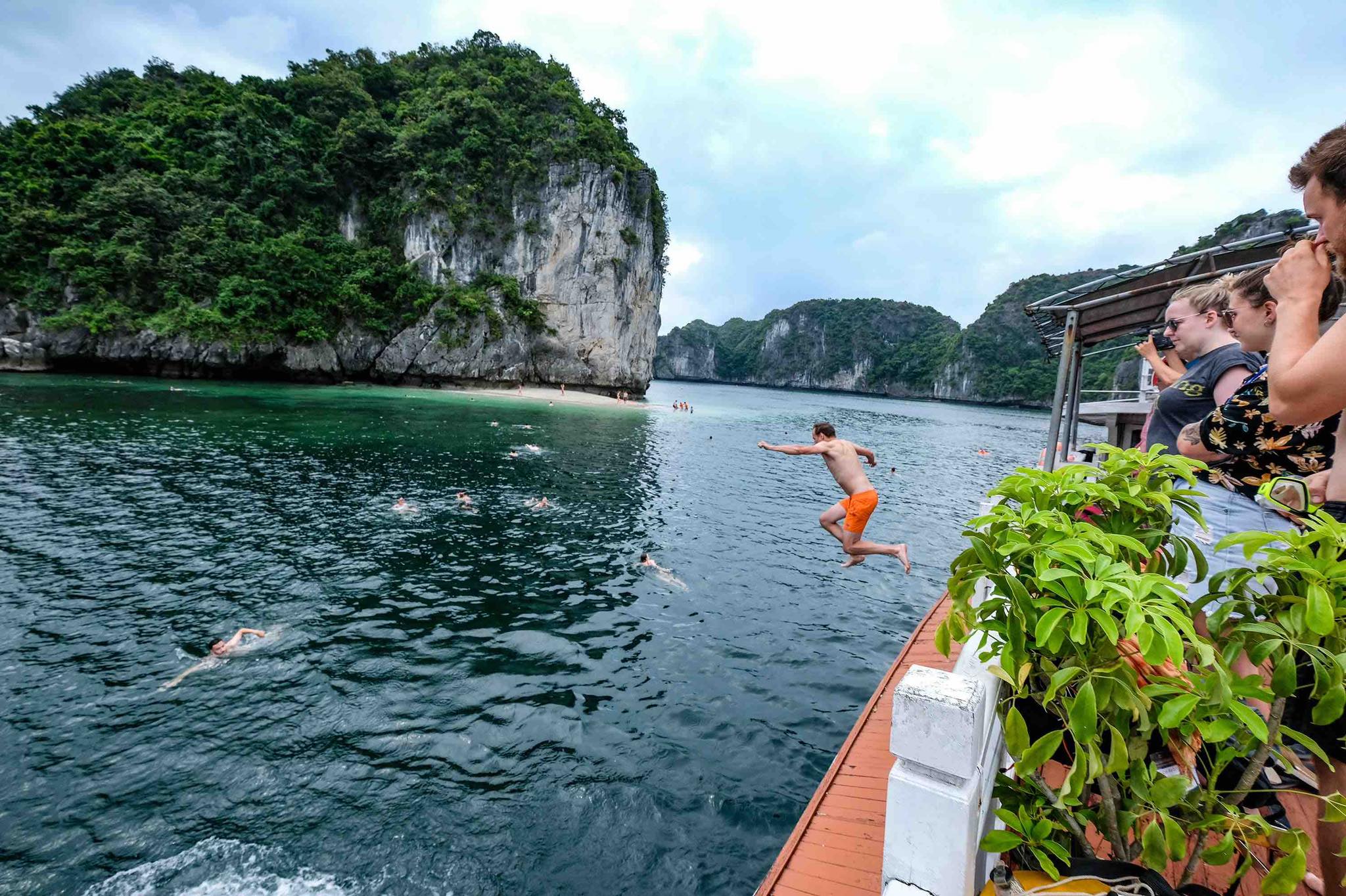The Red River Delta in northern Vietnam has recently been ranked among The New York Times’ list of destinations to visit this year.
“Our annual list of destinations to visit this year looks at spots where visitors can be part of the solution to problems like overtourism and climate change,” the American daily newspaper announced its '52 Places for a Changed World' list on January 10.
According to the newspaper, its list in the past often focused on things like “a newly hot restaurant scene, an exciting new museum or the opening of a fabulous beachfront resort.”
But this year’s list “highlights places where change is actually happening -- where endangered wild lands are being preserved, threatened species are being protected, historical wrongs are being acknowledged, fragile communities are being bolstered -- and where travelers can be part of the change.”
The Times said their message was not calling on people to hop on the next plane because some of the places on this list are not yet open to travelers, and some in areas hard hit by the virus may not be safe; but to use this list as inspiration for their own more purposeful, more fulfilling travel in the coming year and beyond.
For Vietnam's Red River Delta which ranked 14th on the list, travel writer Charly Wilder suggested people visit it to celebrate age-old traditions in the country's less visited region.
“Once travel begins to normalize, tourists will undoubtedly flock to Vietnam’s world-famous beaches and dynamic megacities,” she wrote.
“But head north to the traditional villages of the Red River Delta, and you can immerse yourself in centuries-old cultural practices and a way of life that is at risk of disappearing.
“Since ancient times, villagers along the Cau River in northern Vietnam have sung quan ho, a call-and-response folk music style performed by alternating all-female and all-male duets from neighboring villages that was recognized as a UNESCO Intangible Cultural Heritage practice in 2009."
|
|
| A file photo shows artists performing 'quan ho' on a boat on the Nguyen Phi Y Lan Lake in the Red River Delta province of Bac Ninh. Photo: Pham Thanh Long / Tuoi Tre |
Wilder also praised the effort of 49 ancient villages in Bac Ninh and Bac Giang Provinces which "have taken measures to safeguard the cultural heritage of quan ho -- which includes countless rituals celebrating culinary traditions -- and to address rural-urban migration through cultural tourism."
In her piece about the delta in '52 Places for a Changed World,' Wilder said that some Hanoi-based tour operators have offer travelers a chance to explore the villages’ Buddhist temples, craft communes, Ly Dynasty pagodas, and waterways while helping to preserve the past.
A region around the downstream of the Red River in northern Vietnam, the Red River Delta is home to some of the Southeast Asian country's famous destinations including the Trang An Scenic Landscape Complex and Bai Dinh Pagoda in Ninh Binh province; Cuc Phuong National Park spanning over three provinces Ninh Binh, Hoa Binh and Thanh Hoa; Lan Ha Bay in Hai Phong City; and more.
The second-largest delta in Vietnam, the 15,000-square-kilometer Red River Delta is the cradle of the Vietnamese civilization and rice culture, according the Ministry of Sports, Culture, and Tourism.
|
|
| A tourist jumps into the water at Lan Ha Bay, Cat Hai District, Hai Phong City, northern Vietnam. Photo: Nam Tran / Tuoi Tre |
As described by UNESCO, the quan ho songs are performed as alternating verses between two women from one village who sing in harmony, and two men from another village who respond with similar melodies, but with different lyrics.
The women traditionally wear distinctive large round hats and scarves while the men’s costumes include turbans, umbrellas, and tunics.
Quan ho singing is common at rituals, festivals, competitions, and informal gatherings, where guests will perform a variety of verses for their hosts before singing farewell.
The songs express the spirit, philosophy, and local identity of the communities in this region, and help forge social bonds within and between villages that share a cherished cultural practice.
Like us on Facebook or follow us on Twitter to get the latest news about Vietnam!






























